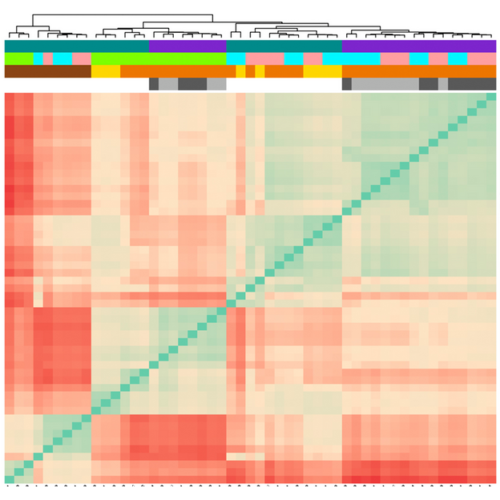Controlling distinct signaling states in cultured cancer cells provides a new platform for drug discovery.
Cancer cells can switch between signaling pathways to regulate growth under different conditions. In the tumor microenvironment, this likely helps them evade therapies that target specific pathways. We must identify all possible states and utilize them in drug screening programs. One such state is characterized by expression of the transcription factor Hairy and Enhancer of Split 3 (HES3) and sensitivity to HES3 knockdown, and it can be modeled in vitro. Here, we cultured 3 primary human brain cancer cell lines under 3 different culture conditions that maintain low, medium, and high HES3 expression and characterized gene regulation and mechanical phenotype in these states. We assessed gene expression regulation following HES3 knockdown in the HES3-high conditions. We then employed a commonly used human brain tumor cell line to screen Food and Drug Administration (FDA)-approved compounds that specifically target the HES3-high state. We report that cells from multiple patients behave similarly when placed under distinct culture conditions. We identified 37 FDA-approved compounds that specifically kill cancer cells in the high-HES3-expression conditions. Our work reveals a novel signaling state in cancer, biomarkers, a strategy to identify treatments against it, and a set of putative drugs for potential repurposing.

- FASEB J. 2019 Aug;33(8):9235-9249
- 2019
- Medical Biology
- 31145643
- PubMed
Enabled by:
